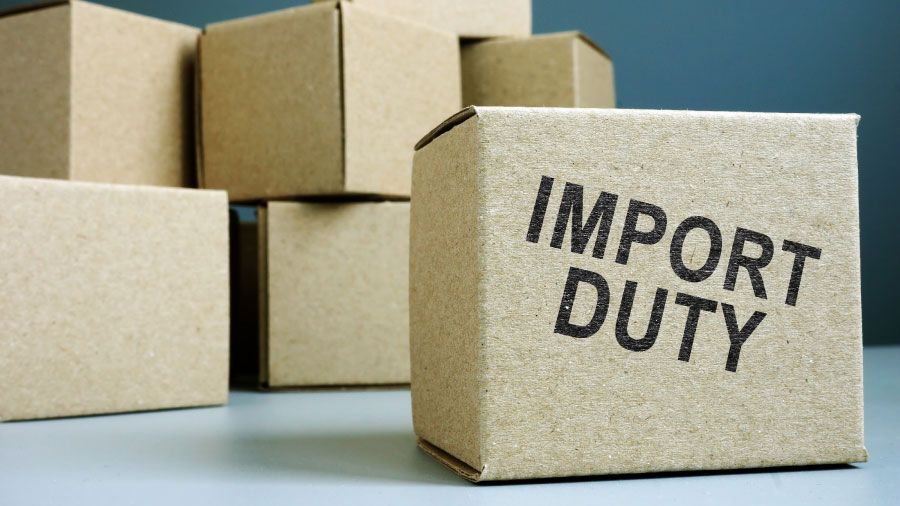Convenience goods are items consumers buy often and easily without putting much thought into them. These include newspapers, magazines, most grocery items, and gasoline. Since consumers have a good sense of how much these items cost, they don’t consider their price unless it falls outside their expectations. Although most people won’t care if a cup of coffee is a few dollars, they may be taken aback if it’s six or seven, for example.
Convenience goods contrast with specialty goods, which are expensive items such as cars that carry a greater opportunity cost for the consumer. The opportunity cost is the sacrifice the consumer must make when buying a specialty good, in terms of some other purchase.
One way of marketing convenience products is to make shopping as efficient as possible. The quicker the customer can get the product and get out of the store, the happier they tend to be. Think of the items you see at a cash register or checkout line. Chewing gum, candy, magazines, and newspapers are convenience items that are close to the point of sale, making them easier for the customer to locate and buy.
Making shopping more convenient is a major goal of marketing. Retail giant Amazon has already opened a grocery store with no checkouts. When customers leave the store, their items are scanned and accounts billed automatically, making convenience products more attractive. The Internet of Things also presents exciting opportunities for convenience goods marketing. Analysts estimate there were 30.7 billion connected devices in 2020. Imagine refrigerators that create and order your shopping list or printers that order toner when they run low. This is just the start for consumers, who may not need to leave the couch someday except to answer the door.



